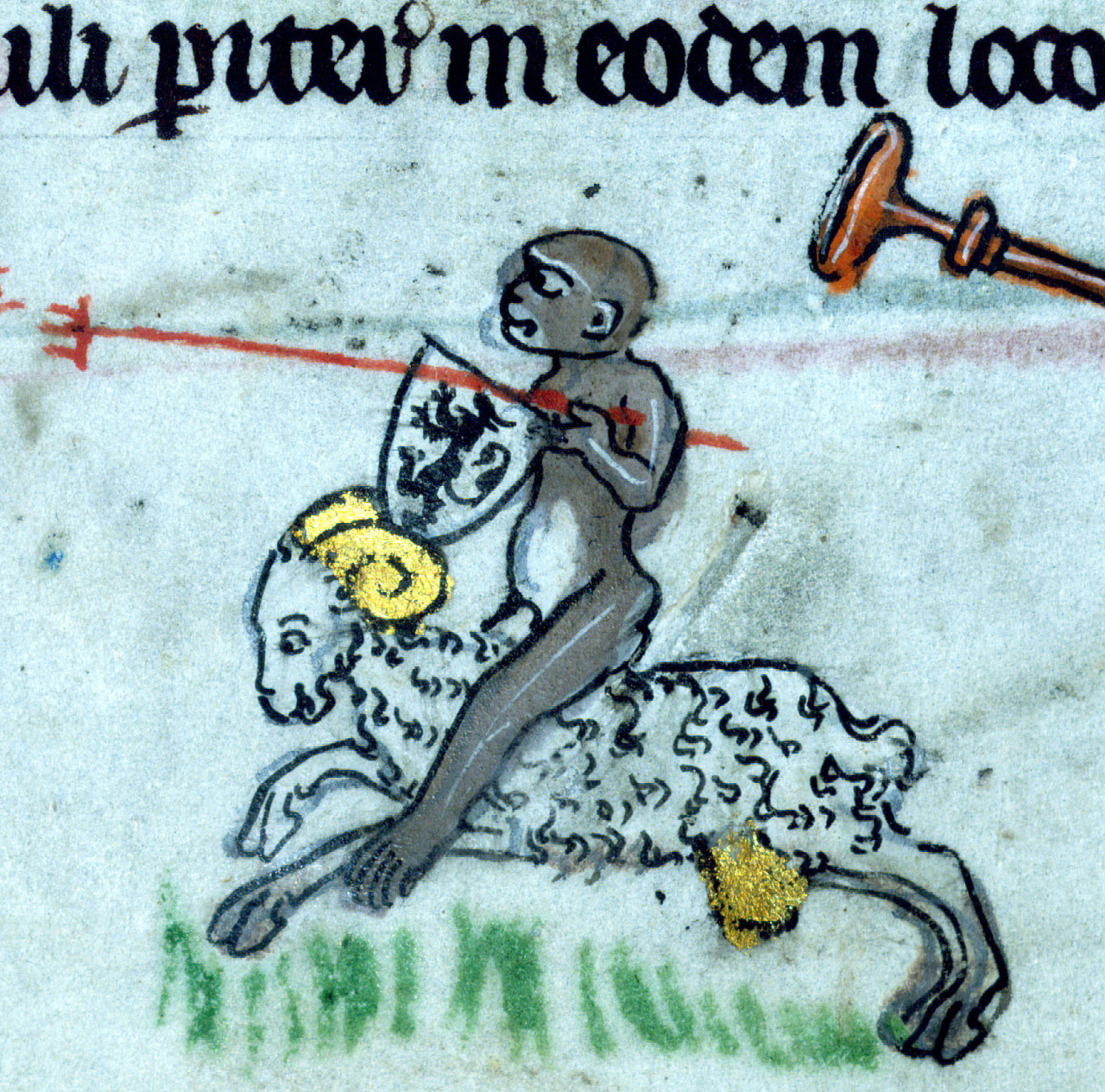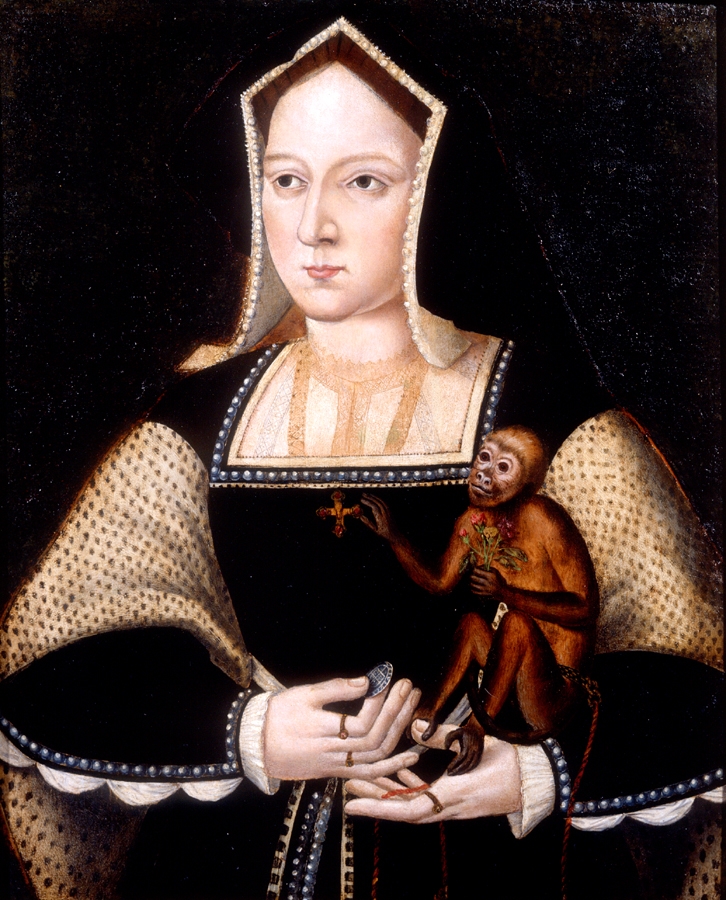According to the Chinese Calender 2016 will be the year of the Monkey.
 |
| Japanese Monkeys enjoying the warm water of a hot Spring |
Monkeys are renowned for their intelligence, naughtiness and ability to imitate, this has led artists to make pictures of monkeys as being like a society of hairy little people.
 | |
| The Sleeping Pedlar robbed by Monkeys Bruegel the Elder 1562 |
old English : apa,
proto Germanic : apo
Dutch : aap
Icelandic : Api.
It is a bit of a riddle to know how the word Monkey arrived into the English vernacular. The word is particular to the English and was already common in Shakespeare's day. (monkies and monkeys : Macbeth and Othello). The leading theory is that is was imported in the 14th century with either German or Romance translations of a poem called Reynard the Fox where there is a character called Martin the Ape who has a son called Moneke. This pushes back to new question; why did Martin called his son Moneke? Here the story gets very murky but there are interesting and thorough explanations here.
Searching Google for images I could not find a neolithic representation of a monkey but there are plenty Bronze age artworks depicting apes and monkeys, amongst the earliest is this Bactrian Bronze Monkey seal 2,500 - 1,900BC.
 | ||
| Bactrian Bronze Monkey Seal 2500 BC - 1900 BC |
Under volcanic ash on the Minoan island of Thera (1650- 1500 BC) they discovered rooms decorated with friezes of blue monkeys with tails.
 |
| Minoan fresco of Blue Monkeys 1650 - 1500BC |
The Minoans were seafaring nation that traded with the Egyptians. They would have been familiar with the many Egyptian artworks featuring apes and monkeys, like this pretty blue amulet from the reign of the heretical Pharaoh Akhenarten 1350 - 1335BC
 | ||
| Brooklyn Museum. Egyptian
Blue glazed Faience
from Amarna 1335BC |
and the Egyptians also revered a dog faced baboon. that they called Thoth who was more often depicted as an ibis.
 |
| Thoth in the British Museum (1400 BC) |
A thousand years later the seafaring Phoneticians are shown bearing tribute of a pair of tailed monkeys to the Assyrian kings in Nimrud
 |
| Assyrian 365-360 BC British Museum |
Monkeys can be found in the art of many civilisations across the world. This huge Peruvian Nazca image of a monkey (500 BC - 500 AD) is 90 meters across and only visible the air or the tops of surrounding hills and mountains.
The Hindus call their monkey god Hanuman and say he was a reincarnation of Shiva the god of destruction
 |
| The Indian monkey god Hanuman |
The Chinese have a numerous stories about a rebellious monkey king called Sun Wukong who defied and challenged the gods of both heaven and hell. Sun Wukong was also a shape-shifter who could transform himself into the form of other animals but was unable to shape shift his tail which was a give away. This ancient Chinese personality has survived into modern pop culture; if you Google Sun Wukong you will find thousands of manga style pictures of a superhero with a monkey tail.
 |
| Sun Wukong shape-shifted into a human superhero with a monkey tail |
In the Buddhist Shinto tradition of Japan monkeys were messengers of the gods that hear no evil, speak no evil and see no evil.
 |
| Monkeys on the Tōshō-gū shrine in Nikkō (Japan) |
and four whimsical twelfth century Japanese scrolls known as Choju-giga are filled with charming drawings of rabbits, frogs and monkeys impersonating the lives of people.
 |
| The Choju-giga scrolls - heree the Monkey is a thief |
At about the same time the Christian monks in Europe were having almost identical fantasies of worlds populated with people-impersonating animals. The monks often illustrated the margins of illuminated manuscripts with doodles of what was going on in these imaginary animal kingdoms of the mind. There were fierce man killing rabbits with bows and arrows that brought wicked men to trial.
and warrior snails that fought with knights
Monkeys also appear defending amongst their doodlings; here they are defending their castles from the warrior snails Copenhagen Chansonnier (15th century).
 |
| Rabbits bring a man to trial from Smithfield Decretals of Gregory IX (English c. 1300) |
 |
| Smithfield Decretals (English c. 1300) |
Monkeys also appear defending amongst their doodlings; here they are defending their castles from the warrior snails Copenhagen Chansonnier (15th century).
 |
| Monkeys fighting Snails Copenhagen Chansonnier (15th century). |
 |
| monkey from the Rutland Psalter 1260 British Museum |
 |
| 1315 - 1325 Baltimore Museum |
we find monkeys looking after kittens
 |
| Book of Hours 1400s Koninklijke Biblotheek |
and swinging on ropes
 |
| Hours of Saint-Omer, France ca. 1320 |
Medieval monks were schooled in a world where images of animals were ascribed special meaning and moral reason, for
example, the pelican, which was believed to tear open its breast to bring its young to life with its own blood, was a living representation of Jesus.
 |
| A Pelican as imagined by the Medieval mind (Museum Meermanno) |
The monks created a Bestiarum vocabulum which was used as an illustrated description of the creations by God. Many of the allegorical tales had roots in ancient classical stories with a gloss of Christian morality. This is how the Author of the Aberdeen Bestiary described the purpose behind his paintings: "It is my intention to paint a picture of the dove, whose wings are sheathed
in silver and whose tail has the pale colour of gold (see Psalms, 68:13).
In painting this picture I intend to improve the minds of ordinary people,
in such a way that their soul will at least perceive physically things
which it has difficulty in grasping mentally; that what they have difficulty
comprehending with their ears, they will perceive with their eyes."
Apes had a bad reputation amongst the monks. The place of apes in God's universe was often illustrated using the sad classic story from Aesops fables about a mother of two children that is running from hunters; the child the mother loves most is held close to her tummy whilst the one she hates clings on her back. As she tires she drops the one she loves and is left holding only the one she hates.
The tailless ape was equated with Satan who began as an angel in heaven, but "lost his tail, because he will perish totally at the end". It was also believed that the devil would carry unwilling souls in front of him so that he could tease them on the way to hell . My interpretation (maybe wrong) is that the hunter is forcing the ape to drop the good child that rightfully belongs to God, whilst the wicked child that willingly clung to the devil's back was to be taken away to the damnation of Hell.
Another story the monks loved to illustrate used the apes love of imitation to destroy it; The hunter would take of his shoes and put them on again several times and then leave a shoe on the ground. Hidden behind a bush the hunter would then wait until a luckless ape came and started to put the shoe on and off. The ape could be caught before it could take off the boot and escape.
Another story the monks loved to illustrate used the apes love of imitation to destroy it; The hunter would take of his shoes and put them on again several times and then leave a shoe on the ground. Hidden behind a bush the hunter would then wait until a luckless ape came and started to put the shoe on and off. The ape could be caught before it could take off the boot and escape.
The medieval period eventually gave way to the renaissance. Monkeys in 16th century art and portraiture often symbolized uncontrollable passion and desires. The pet monkey in this image of Katherine of Aragon, the soon to be discarded first wife of Henry VIII, is used to send a message to her husband King Henry VIII.
 |
| Katherine of Aragon by Lucas Horenbout |
The monkey holds a Tudor rose in one hand and is reaching for Katherine’s crucifix rather than the coin she is offering to him. While medieval monkeys could represent all sorts of negative things–the Devil himself, foolishness, vice–the monkey of Katherine’s time was more likely a symbol of exotic worldliness and an imitator of man. A tethered monkey, like Katherine’s, can therefore represent ascetic discipline, which is reinforced by his gesture towards the cross: faith over greed.
Northern European Artists like Jan van Kessel left behind the religious art of the middle ages and embraced a type of art that made detailed studies of nature that could be enjoyed for their realism and brilliant acuity
 |
| Jan van Kessel, Study of Birds and Monkeys, c. 1660-1670 |
 | ||||
| Adriaen van Utrecht (Antwerp 1646) |
 |
| Ferdinand van Kessel 1648-1696, The Painting Monkey |
 |
| The Monkey Antiquarian (1740) by a follower of Chardin |
.jpg) |
| An 1871 Caracture of Darwin witht eh body of an ape |
Artist could also contribute towards the world of science and technology by providing visual catalogues of species.
 |
| 1984 book plate featuring the following Old World Monkeys |
Throughout history art had been centre stage but by the middle of the twentieth century it was losing its status to the new glossy world of Science and technology. Illustrators were replaced with photographers and art needed to find a new role that mirrored the intellect and importance of science.
Artists like Picasso looked urgently around for new ways to expressing the world, they wanted the new Art, now spelt with a capital A, to be progressive like science. At first Picasso's efforts, like his sculpture called Baboon and Young (1951), seemed to answer the search. Newspapers began writing of "modern art" and it seemed as if Art had a vibrant future, but was the sculpture about monkeys or was it about being new, innovative and progressive? Had the significance of the monkey been lost to the gimmick of newness?
 |
| Baboon and Young 1951 by Picasso |
As Picasso himself wryly observed when he saw the 30,000 year old cave paintings at Chavau " “We have invented nothing!” he might have added that words like "invention" and "Modern" are rightly applied to science but not to art. The combination of "Modern" and "Art" was oxymoronic. Art is always changing and moving on, it did not need Picasso or celebrity artists to reinvent a role in the age of science because art is always in us all. Art always changes, it will always assimilates new technologies and it always have fresh messages. Art never dies because it is as natural and vital to our social world as breathing and eating are to our physical presence.
Yes we are monkeys ourselves, but when we look at monkeys we are not looking at ourselves. We differentiate ourselves from all our cousins through the evolution of one aspect of our minds; wherever our species exist so do complex languages with syntax and art. These two features give us an innate ability to communicate our inner feelings and thoughts, from this ability we are able to find new sorts of empathy and even stand back and laugh at our own ridiculousness.
I think have written enough and I have to prepare for New Year. Thank you for your support during 2015 and Happy New Year and !
References:
https://www.abdn.ac.uk/bestiary/translat/25v.hti
https://en.wikipedia.org/wiki/Bestiary
http://bestiary.ca/admin/search.htm
http://blog.raucousroyals.com/2009/01/16th-century-love-children.html




